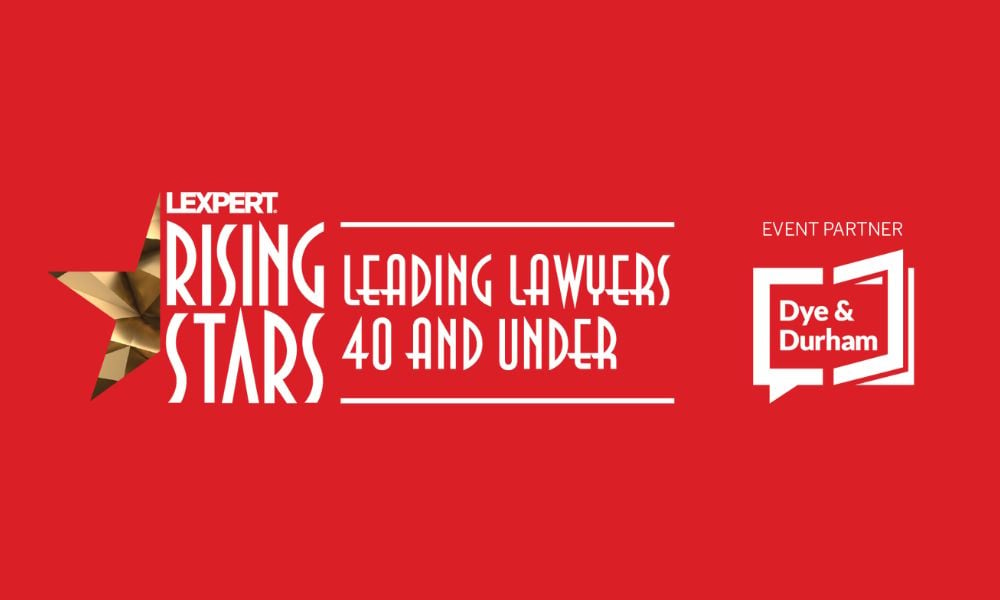Trial judges must strike a “crucial balance” and give juries instructions that are complete while at the same time not overly complex, the Supreme Court of Canada ruled today while dismissing an appeal hinging on the curative proviso.
The unanimous ruling in R. v. Rodgerson concerned a Crown appeal to overturn a 2014 Ontario Court of Appeal ruling. In that ruling, the court found that the trial judge in the 2011 trial of Jason Rodgerson, which ended in a conviction for second-degree murder, had failed to properly instruct the jury about the way evidence produced in the trial could and couldn’t be used to prove intent to kill. In dismissing the Crown’s appeal today, the Supreme Court of Canada ruled Rodgerson was entitled to a new trial for second-degree murder.
Rodgerson was convicted of second-degree murder in the death of Amber Young, whom he met at a bar in Oshawa, Ont. At the trial, Rodgerson testified he and Young later had consensual sex in his apartment but that a dispute about money broke out shortly thereafter. Young attacked him with a knife, Rodgerson testified, and in the ensuing struggle Young died.
Latest News
Following her death, Rodgerson buried Young’s body in his backyard and tried to conceal it and clean up the scene of her death.
Appealing his 2011 conviction, Rodgerson argued that the trial judge hadn’t properly instructed the jury on the ways that his conduct after Young’s death could and couldn’t be used to prove his intent to kill her, the decision states. The Court of Appeal agreed and ordered a new trial, but the Crown appealed that decision.
Today’s Supreme Court’s ruling hinged on the trial judge’s instructions to the jury on Rodgerson’s concealment of Young’s body and his cleaning up of the scene after her death. The trial judge, the decision states, “should have assisted the jury with a specific instruction on how to use this evidence on the issue of intent” since “these efforts [of concealing and cleaning up the crime] were also capable of supporting the further inference that R sought to conceal Y’s body and clean up the scene of her death in order to conceal the nature and extent of her injuries and the degree of force required to inflict them. This in turn could have been relevant on the issue of intent for murder: the more severe the injuries, and the more force required to inflict them, the stronger the inference that he intended to kill, or to cause bodily harm which he knew was likely to cause death.”
However, the decision states, “this chain of inferential reasoning was narrow, and the relevance of the evidence was attenuated,” necessitating very specific instructions from the trial judge on exactly how Rodgerson’s behaviour after the crime might or might not be used against him.
By failing to give those instructions, the trial judge “created a risk that the jury might convict R for murder based only on the broader inference that the concealment and cleanup pointed to a consciousness of guilt and a desire to prevent discovery of an unlawful killing,” not his intent to kill Young.
“After the jury rejected self defence, the issue of R’s intent was the central issue at trial,” the decision states. “Moreover, the Crown’s case was not overwhelming. As a result, the curative proviso does not apply and R is entitled to a new trial for second degree murder.”
Both the Crown and a dissenting Court of Appeal judge, the decision notes, had defended the trial judge’s instructions, arguing that “requiring a more specific instruction on the concealment and clean up evidence would further fuel the trend towards lengthier and more complex jury charges.” However, the decision states, only a few “modest alterations” would have been needed to properly instruct the jury, whereas “a great many of the instructions that were included could and should have been removed.
“A trial judge must strike a crucial balance by crafting a jury charge that is both comprehensive and comprehensible,” the decision states. “Over charging is just as incompatible with this duty as is under charging. . . . The fundamental purpose of the jury charge must be to educate, not complicate.”
“I am very gratified by the Supreme Court of Canada's decision,” says Rodgerson’s counsel, Christopher Hicks of Hicks Adams LLP, adding that the Crown, in initially seeking a first-degree murder conviction, had been incorrect in attempting to support that charge based on Rodgerson’s conduct after the offence. “I believe the Crown thought they could make new law in the area of post-offence conduct because of Rodgerson's many actions in a state of panic to conceal the death of the woman.”
Catriona Verner, also of Hicks Adams, who represented Rodgerson in his Court of Appeal case, says: “I am a little surprised that the [Supreme Court of Canada] did not take this opportunity to address the issue of the admissibility of post-offence conduct in homicide cases since that issue clearly continues to cause confusion. Instead, the decision focused solely on the need for guidance with respect to how to use post-offence conduct.
“In addition to addressing the specific issues before the Court, [Supreme Court of Canada] Justice [Michael] Moldaver took this opportunity to address the fact that jury charges are often unnecessarily long and confusing? and he did a nice job of providing guidance on how to fix this problem. Hopefully, the advice will be taken to heart.”






